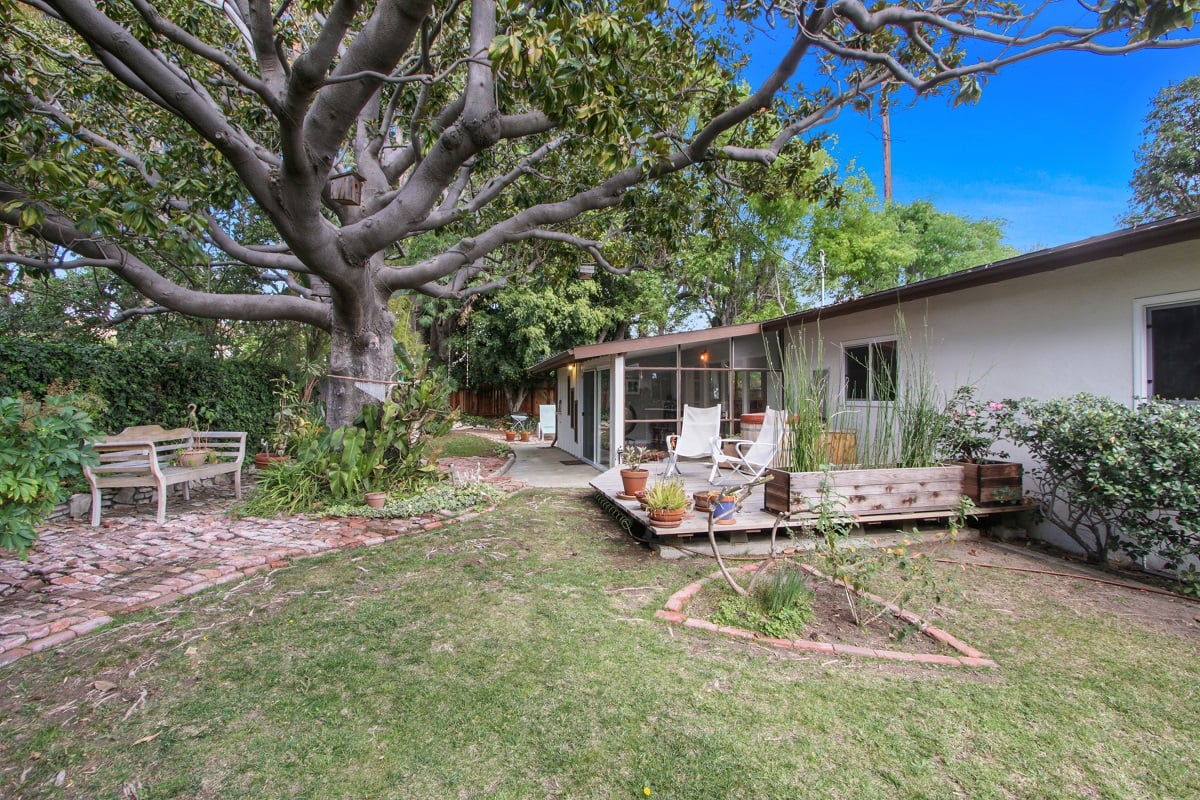The pandemic has caused consumers to re-examine the components that make up the “perfect home.” Many families are no longer comfortable with the locations and layouts of their existing homes. The allure of city life (more congested) seems to be giving way to either suburban or rural life (less congested). In fact, suburban areas are making record gains in popularity search rankings, with Columbia, South Carolina at the top of the list. So far this year, it has had a whopping 42% year-over-year increase in views per property in its suburban listings. It’s clear we are living in a time of shifting values for the American people when it comes to their homes.
New Statistics for the Suburbs
Recently, news.com released a report that revealed how buyers’ views of listings are leaning heavily to more suburban and rural properties. Here are the year-over-year percentage increases in views per property type:
- Urban – 7%
- Suburban – 13%
- Rural – 16%
While the move to the suburbs is nothing new, the pandemic is making it more pronounced. After living through stay-at-home orders and working from home, people are realizing that they want more pace. Realtor magazine recently reported that the desire to move is strongest in city markets.
“Nearly 30% of respondents living in a high-density urban area say that the pandemic is prompting them to want to move by the end of the year…This is more than double the rate of those living in rural parts of the country, where residents are much more likely to stay put rather than to relocate.”
The Future of Homes
Predictions for the future of homes include less open floor plans and more new construction. As people continue to stay at home, they are really starting to realize what’s important to have in the home and what’s not. According to Zillow, new construction, which offers the chance to personalize home features, saw its listing page views grow by 73% over last May. Consumers are starting to put value back into large outdoor areas and more indoor walls, rather than the small, open floor plan, high rises you find in the city. Not to mention, fear of Coronavirus has increased the desire for more space between neighbors. People now fear common areas like elevators and game rooms.
As more people look to move to the suburbs, the historic lack of existing homes is becoming even more clear. According to the Census Bureau, sales of newly built houses rose almost 13 percent year-over-year in May. That is a growth rate that has not been seen in more than a decade. Building new homes may eventually help fill some of the housing inventory gaps, but for now, homebuilders just can’t keep up.
Remote Work
As more people work from home without an end in sight, they are finding a need for more privacy while working from home – another reason for less open floor plans. Technology is also allowing jobs to become decentralized which means people can make more money when they move to cheaper suburban areas. Nobody can predict the future, but it is becoming more and more clear that there might not be an office to go back to as companies look to decrease their urban footprints and save money.
Adult Children Moving Home
Another desire to move to the suburbs is driven by adult children moving home. According to a Pew Research Center survey, 22% of adults in the United States say their living situation changed because of the pandemic, or they know someone who did. These reasons included moving out of college dorms that closed, leaving congested urban areas, and no longer being able to afford their current housing.
While some moves may be temporary, the uncertainty in the world and layoffs may prolong these moves. This trend has been on the rise since the Great Recession, but this is just another world shift that has been accelerated by COVID-19. Would-be empty nesters are no longer looking to downsize, they’re looking for larger homes that can provide them and their adult children as they all work or go to school from home.
Bottom Line
A percentage of people are preparing to leave many American cities and many young people have already. Some of these moves will be permanent, while others will be temporary, but the trend of moving to the suburbs and the increase in new construction is clear. If you are considering a move to the suburbs, The Shannon Jones Team is ready and willing to help in any way we can. We have a helpful article on how to explore neighborhoods from home during COVID-19. If you’re interested in looking at specific Long Beach facts and neighborhoods please visit our website here.
We’d love to answer any questions you have about Long Beach or the current real estate market. Please fill out the form below if you’d like to chat.


